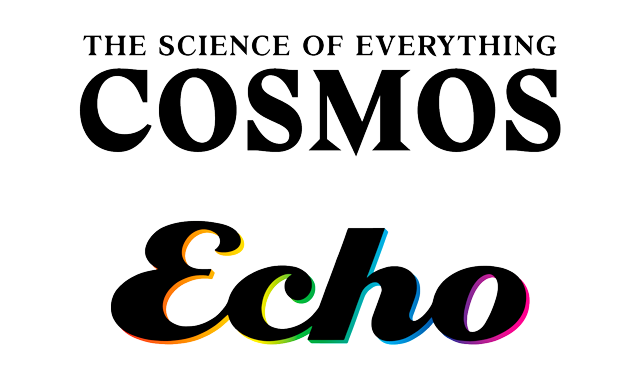
Photo Wenying Li, Xinjiang Institute of Cultural Relics and Archaeology.
Brought to you by The Echo and Cosmos Magazine
Ancient DNA data has traced where the Bronze Age peoples of the Tarim Basin came from.
The dry Tarim Basin, in the Xinjiang Autonomous Region of north-western China, is home to hundreds of naturally mummified human remains, all between 4,000 and 1,800 years old. Little is known about the people who became the ‘Tarim Basin mummies’, although their burial sites have provided clues about their society and economy.
Until now it’s been unclear where these people had come from, with theories proposing Bronze Age migrations from places as far afield as Russia and Iran.
A new study has examined the genomes of the mummies, and found something surprising: they didn’t come to the region at all, but rather were direct descendants of a population that had been there since the end of the last ice age.

The study, which is described in a paper in Nature, examined genome-wide data from 13 Tarim Basin mummies, dated from between 2,100 and 1,700 BCE, and five mummies from the neighbouring Dzungarian Basin, dating between 3,000 and 2,800 BCE.
The international team of researchers found that the Tarim Basin mummies belonged to a human population called the Ancient North Eurasians (ANE), which was widespread during the Pleistocene era but has since dwindled.
‘Archaeogeneticists have long searched for Holocene ANE populations in order to better understand the genetic history of Inner Eurasia,’ says study co-author Choongwon Jeong, a professor of biological sciences at Seoul National University, South Korea. ‘We have found one in the most unexpected place.’
In contrast, the older Dzungarian mummies carried a mix of ANE DNA, and genes from Western steppe herders, a group which had strong links to the migratory Bronze Age Yamnaya society.

Wenying Li, Xinjiang Institute of Cultural Relics and Archaeology.
‘These findings add to our understanding of the eastward dispersal of Yamnaya ancestry and the scenarios under which admixture occurred when they first met the populations of Inner Asia,’ says co-author Chao Ning, professor at the School of Archaeology and Museology at Peking University, China.
Dzungarians aside, the genetic consistency of the Tarim Basin mummies is curious: previous archaeological evidence has shown that they traded extensively and mixed culturally with other populations.
‘Despite being genetically isolated, the Bronze Age peoples of the Tarim Basin were remarkably culturally cosmopolitan – they built their cuisine around wheat and dairy from the West Asia, millet from East Asia, and medicinal plants like Ephedra from Central Asia,’ says co-author Christina Warinner, professor of anthropology at Harvard University, US, and a research group leader at the Max Planck Institute for Evolutionary Anthropology, Germany.
Yinqiu Cui, a professor in the school of life sciences at Jilin University, China, says the results have ‘had a transformative effect on our understanding of the region’.
‘We will continue the study of ancient human genomes in other eras to gain a deeper understanding of the human migration history in the Eurasian steppes,’ says Cui.
This article was originally published on Cosmos Magazine and was written by Ellen Phiddian. Ellen Phiddian is a science journalist at Cosmos. She has a BSc (Honours) in chemistry and science communication, and an MSc in science communication, both from the Australian National University.




